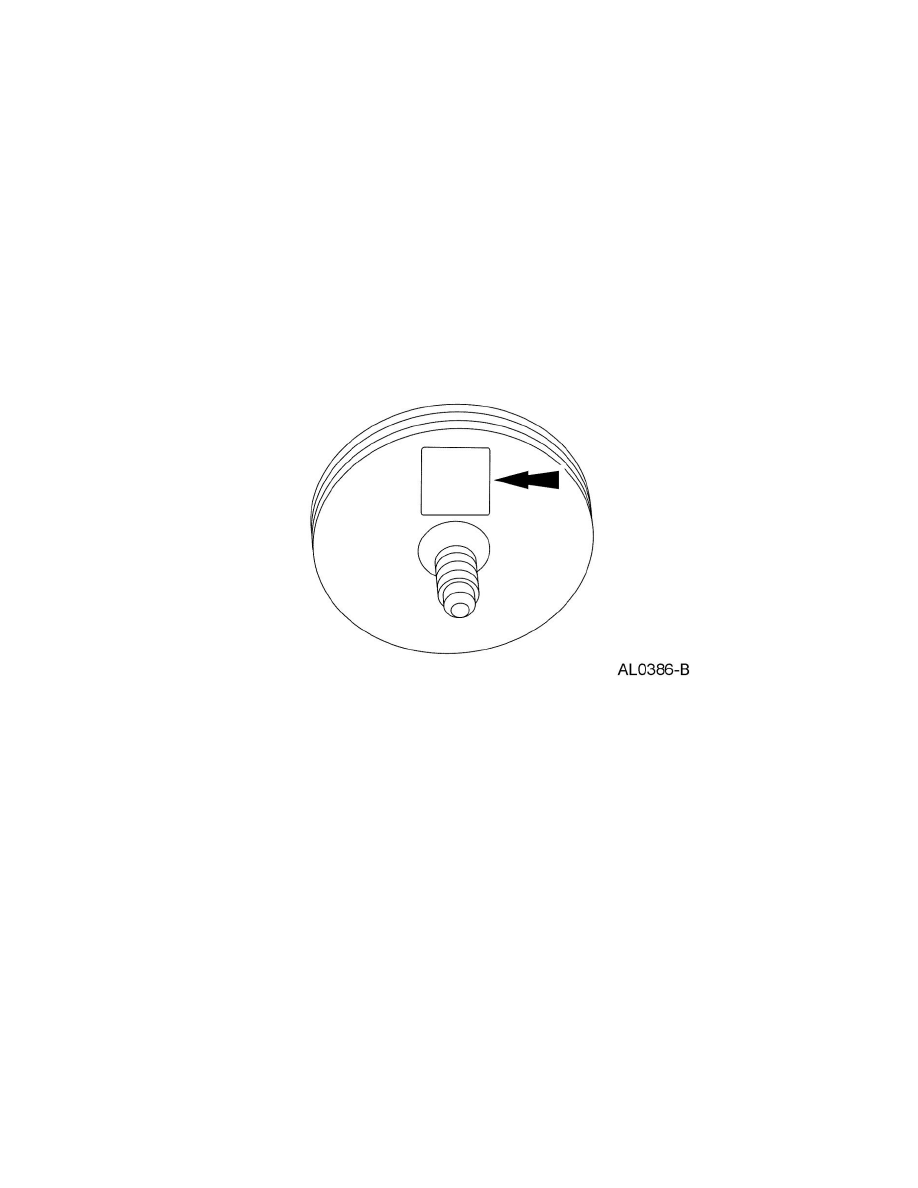Tribute 2WD L4-2.5L (2009)

Refrigerant: Service and Repair
Refrigerant System Filtering Following Air Conditioning (A/C) Compressor Installation
REFRIGERANT SYSTEM FILTERING FOLLOWING AIR CONDITIONING (A/C) COMPRESSOR INSTALLATION
WARNING:Use extreme care and observe all safety and service precautions related to the use of refrigerants as outlined on refrigerant tank and on
recovery and charging equipment. Failure to follow these instructions may result in serious personal injury.
CAUTION:An A/C refrigerant analyzer must be used before the recovery of any vehicle A/C refrigerant. Failure to do so puts the shop bulk refrigerant
at risk of contamination. If the vehicle A/C refrigerant is contaminated, refer the customer to the repair facility that carried out the last A/C repair. If the
customer wishes to pay the additional cost, use the A/C recovery equipment that is designated for recovering contaminated A/C refrigerant. All
contaminated A/C refrigerant must be disposed of as hazardous waste. For all equipment, follow the equipment manufacturer procedures and
instructions.
CAUTION:On vehicles being serviced for an internal compressor or desiccant failure, a new suction accumulator or suction accumulator, thermal
expansion valve or evaporator core orifice and any hoses containing mufflers must be installed prior to filtering the A/C system. The internal plumbing
of these devices makes it impossible to correctly remove any residual agent. These components are typically discarded after A/C system contamination.
Hoses without mufflers can normally be reused unless they are clogged with foreign material. The filter is intended for use on one vehicle only.
1. Orient the filter inlet toward the A/C condenser core.
2. Disconnect the condenser outlet fitting and temporarily install the pancake filter between the 2 halves of the fitting.
-
Use flexible refrigerant hose of 17,238 kPa (2,500 psi) burst rating.
-
Make the connections using the correct adapters from the A/C Flush Adapter Kit and/or A/C Flush and Purge Fitting Kit.
NOTE:The flexible extension adapters included in the A/C Flush Adapter Kit are designed for low-pressure flushing and are not designed for use with a
charged refrigerant system. Do not make the condenser fitting connections using the flexible extension adapters or damage to the adapters and loss of
refrigerant will occur.
NOTE:The pancake filter is not permanently installed and will be removed at the end of this procedure.
3. Lubricate the refrigerant system with the correct amount of PAG oil. See See: Heating and Air Conditioning/Service and Repair/Refrigerant Oil
Adding.
4. Evacuate and charge the refrigerant system. See See: Heating and Air Conditioning/Service and Repair/Air Conditioning (A/C) System
Evacuation And Charging.
5. Check all refrigerant system hoses, lines and the newly installed filters to be sure they do not interfere with other engine compartment components.
If necessary, use tie-straps to make adjustments.
6. Provide adequate airflow to the front of the vehicle (with a fan, if necessary). Select A/C operation and set the blower motor speed to maximum.
Start the engine and let it idle briefly. Make sure the A/C system is operating correctly.
7. Gradually bring the engine up to 1,200 rpm by running it at lower rpms for short periods (first at 800 rpm, then at 1,000 rpm). Set the engine at
1,200 rpm and run it for one hour with the A/C system operating.
